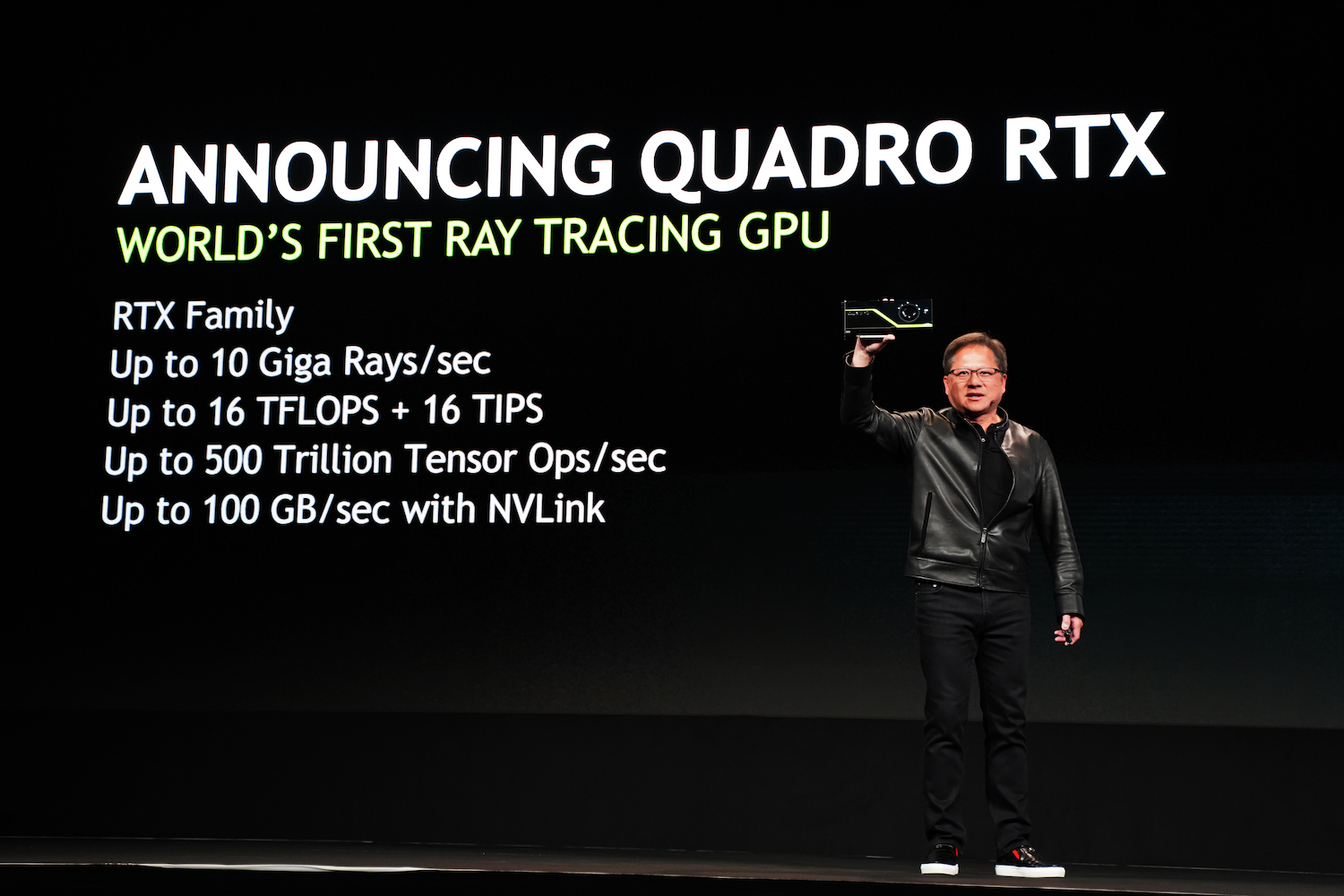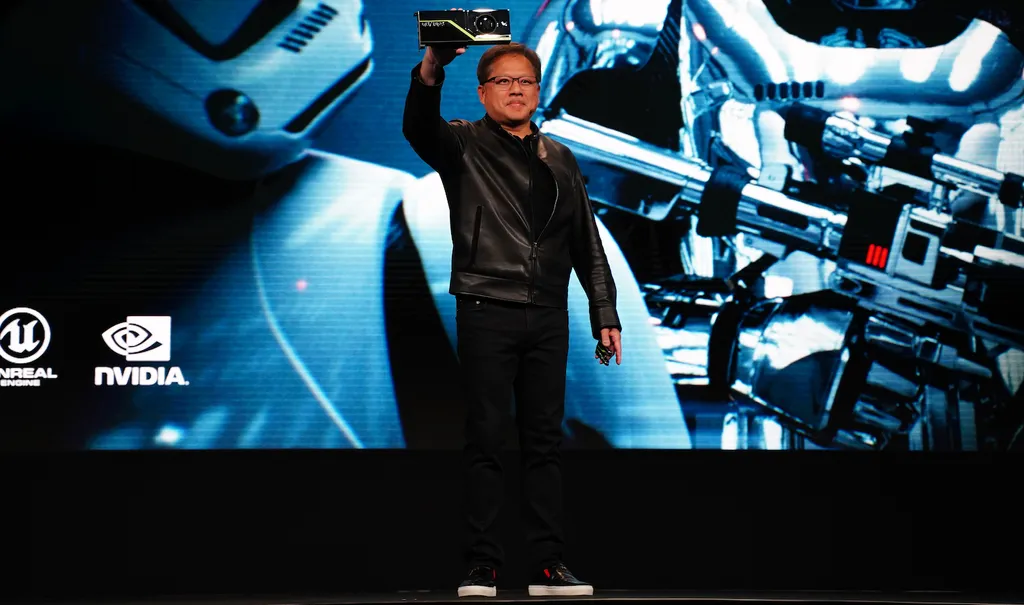I have spent a good portion of my life as a PC gamer and tracking the latest graphics technologies. At one point I became such a fan of graphics cards that I even worked for EVGA. But as an analyst, my job is to understand and interpret events and product announcements and capabilities that will ultimately impact the industries that I cover. During SIGGRAPH 2018, NVIDIA made a series of major announcements that will have a huge impact on the graphics industry in many different ways. Here’s a breakdown of how big these changes will be for the XR industry.
Turing
NVIDIA is introducing a completely new architecture that they are calling Turing with the new RTX series. NVIDIA’s naming scheme is all about famous scientists starting with Tesla, Fermi, Kepler, Maxwell, Pascal, Volta and, now, Turing. While we don’t know all the architectural details about Turing quite yet, we do know quite a bit.
The crowning feature of the new Quadro RTX series using the new Turing GPU architecture is the ability to do real-time ray tracing with a single GPU for the first time ever. Previously, it took an entire server farm to accomplish this and only earlier this year NVIDIA showed it off running on two Tesla V100 cards that cost $12,000 each. The new Quadro RTX series are professional workstation cards, and NVIDIA showed the Quadro RTX 6000 running real-time ray tracing on a card that costs only a few thousand dollars.
Real-time ray tracing

Real-time ray tracing on lower cost graphics cards means that we may be able to bring photorealistic graphics to virtually any medium and, if we bring ray-traced graphics into XR environments, you can easily port content from one platform to another without having to worry about the loss of quality.
Long term, NVIDIA’s push towards real-time ray tracing will help to not only bring video games to the next level of realism but also make content even more cross-platform than it ever has been before. You will be able to make one asset for a movie and re-use that asset in a game, a VR experience and a TV commercial and that will mean the quality of content and cost of producing it should, in theory, come down.
VirtualLink Connector
NVIDIA’s Turing architecture and Quadro RTX cards are the first GPUs to ship with the new VirtualLink connector, which will further simplify VR usage with a single cable for power, video, and data.
NVIDIA’s aggressiveness with implementing the standard so quickly after announcing it tells you about their seriousness around supporting VR and AR. I believe the VirtualLink connector is a very big deal and that we will see NVIDIA using the connector in most of their GPUs moving forward, including the expected consumer Turing cards that are being teased by the company.
NVIDIA is creating a GPU that will allow both game developers and users to enjoy the benefits of ray tracing while still experiencing great performance and visuals. Ultimately, I believe NVIDIA’s decision to create the Turing architecture and RTX series of GPUs was born out of a realization that the company’s GPUs are going to be crucial in enabling the future of AR and VR creation and consumption. After all, someone is going to need to create all those holograms for AR somewhere, and it’s going to have to be on a pretty powerful machine. It seems that with the Quadro RTX family NVIDIA is banking on it being their GPUs that make it all possible.
Disclosure: My firm, Moor Insights & Strategy, like all research and analyst firms, provides or has provided research, analysis, advising, and/or consulting to many high-tech companies in the industry including NVIDIA and others. I do not hold any equity positions with any companies cited.


























